Trek offers up a sneak peek at its mountain bike lineup for 2008
Last year's 'R1' evolution of Trek's simple-but-proven single pivot suspension designs was certainly...
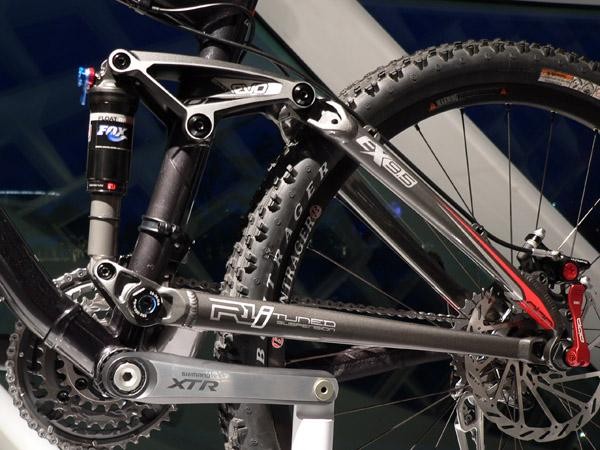
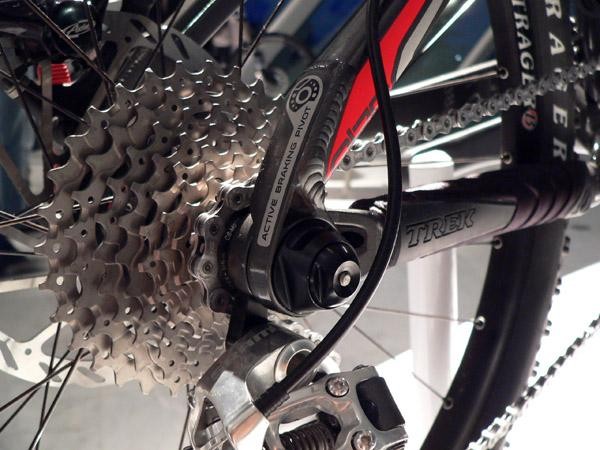
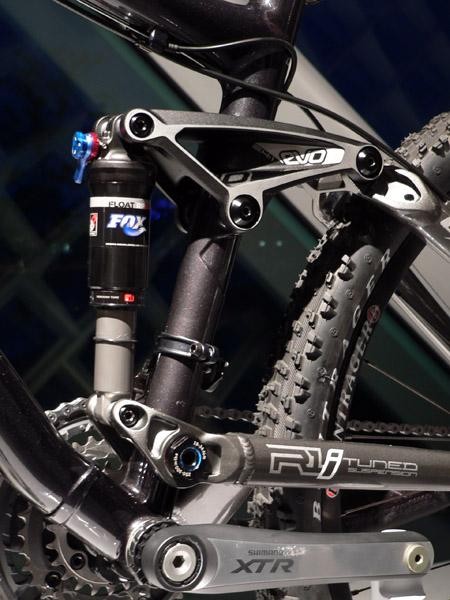
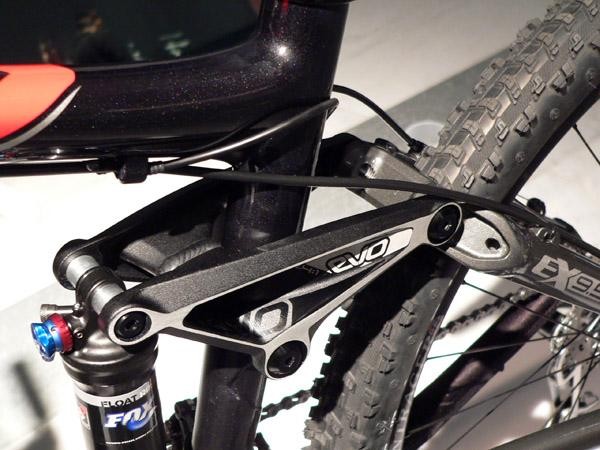
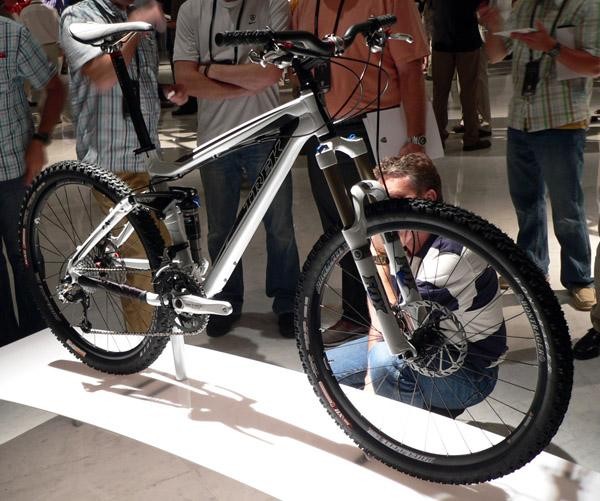
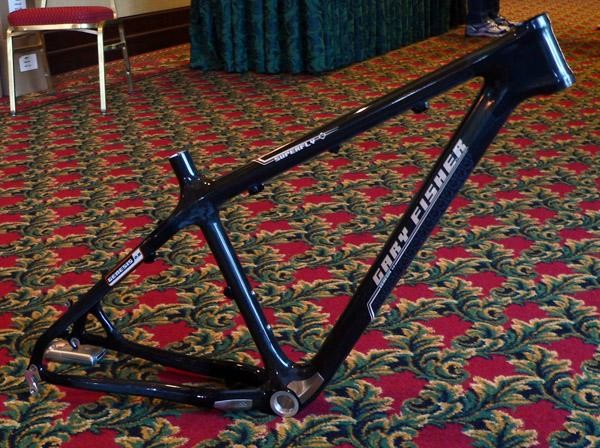
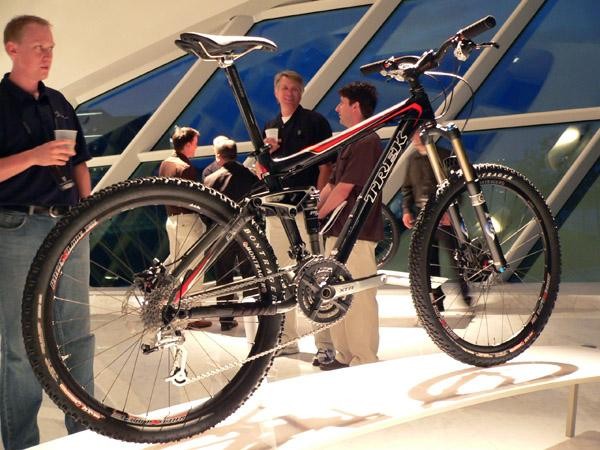





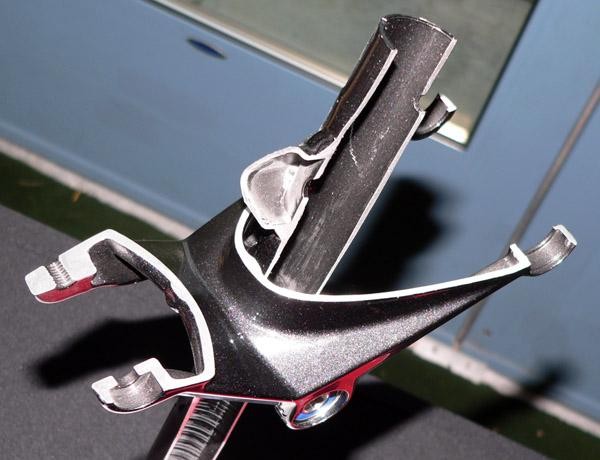
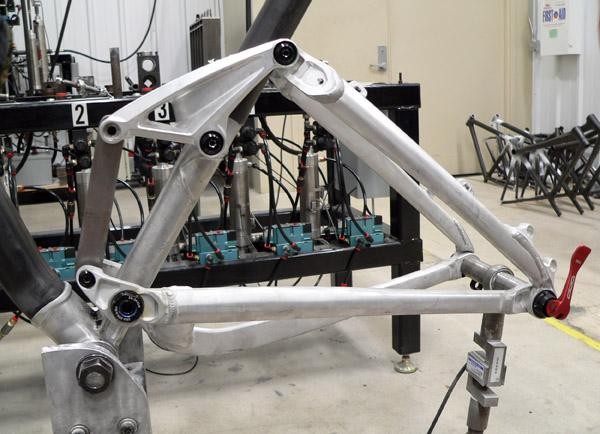

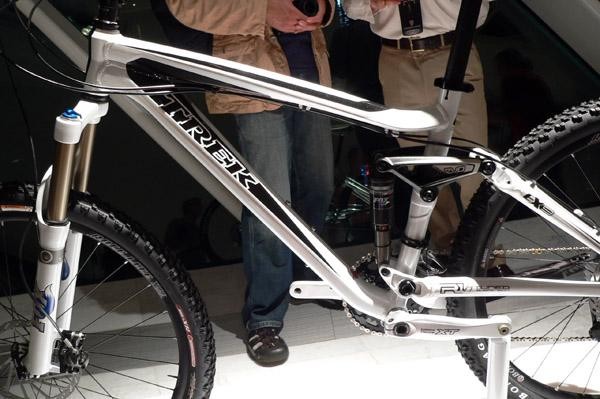
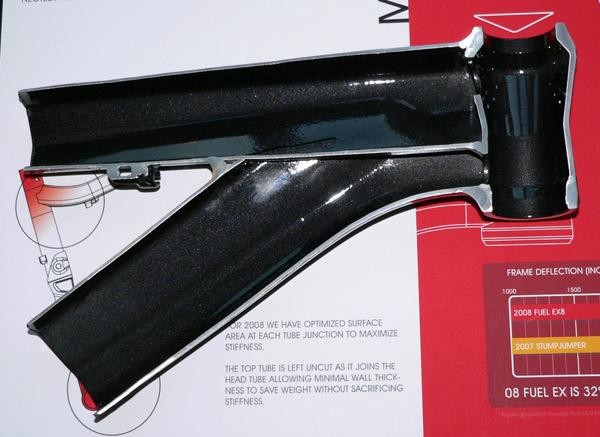
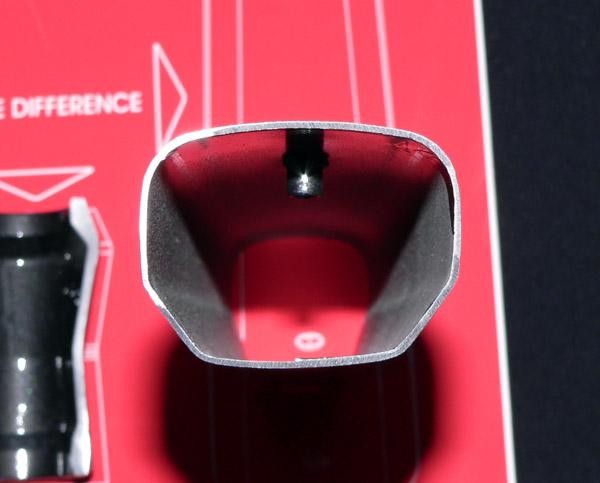
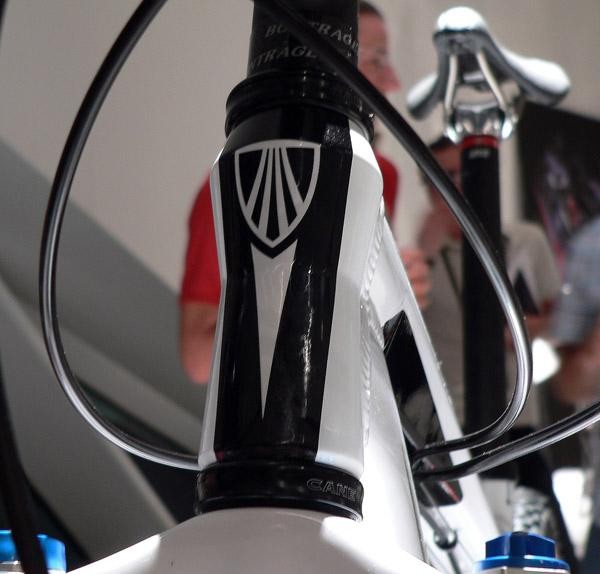

Tech Feature: 2008 Trek MTB preview, June 8, 2007
Last year's 'R1' evolution of Trek's simple-but-proven single pivot suspension designs was certainly a step in the right direction. However, those improvements probably should have been made years ago, and the upgrades essentially just brought Trek up to about even with its competition rather than create truly innovative product, at least in terms of suspension design.
With that being said, the new Madone wasn't the only thing Trek had on hand at last week's product launch. The company will hold its full mountain bike-specific introduction in just a couple of weeks' time, but some items were apparently deemed ready enough to show off a bit early.
One of the first fruits of Trek's hiring of suspension guru Jose Gonzalez from Manitou is the new Fuel EX trail bike platform. At first glance, things don't look all that different from before, but, as they say, the devil is in the details...
What do we call this thing?
So these days we have four-bar linkages, faux-bar linkages, VPP, single-pivot, Monolink, Equilink, etc., etc., etc. Trek now adds yet another line to the list with its novel Active Braking Pivot (ABP) rear end which places a dropout pivot concentric with the rear hub axle instead of above or below it. The new Fuel EX is still a single-pivot design speaking strictly in terms of axle path, but Trek claims ABP greatly improves the braking performance of the rear end as the additional pivot effectively turns the non-driveside seat stay into a floating brake mount.
Floating rear brakes are a wonderful thing as they provide more consistent braking performance in rough terrain, offer improved traction, and have less influence on suspension movement. To be fair, the geometry of Trek's ABP design is far from the perfect parallelogram of a true floating mount, but it should still offer some of its benefits and we'll know more how it favours in comparison to other systems soon enough. Thankfully, ABP retains the use of a standard 135mm OLD rear hub (but does require a proprietary skewer), and the stout-looking construction bodes well for rear-end rigidity.
Get The Leadout Newsletter
The latest race content, interviews, features, reviews and expert buying guides, direct to your inbox!
But wait, there's more
Trek abandons the fixed lower shock mount in favour of a dynamic location on the main swingarm that is reminiscent of Independent Fabrication's Tungsten Electrode full-suspension frame (which, sadly, qualifies as vaporware as it still has yet to see the light of day). According to Trek, the 'Full Floater' design allows for better fine-tuning of shock leverage ratios throughout the travel range, delivering a more supple feel at the top of the stroke and a more 'bottomless' feel at the other end.
The never-say-die Trek rocker link finally does just that, replaced with a substantially stouter-looking one-piece welded design dubbed the EVO Link. Trek says its new link is lighter, twice as stiff, twice as strong, and more compact than last year's three-piece design. Based solely on appearance and a brief handling of a bare EVO Link sample, we don't see any reason to argue just yet, if only from an engineering standpoint (M.S. (MSE), University of Michigan, 2005, thank you very much).
The revamped Fuel EX line will consists of at least three models for now, including two OCLV carbon models (with aluminium rear ends) and one all-aluminium offering. As with the new Madone, the overall look is decidedly atypical for Trek, and there will undoubtedly be parallels drawn between the new Fuel EX and other extant designs. Be that as it may, stay tuned for more information in a few weeks' time after we've had a chance to sample the new wares firsthand, but things are looking good, at least for now.